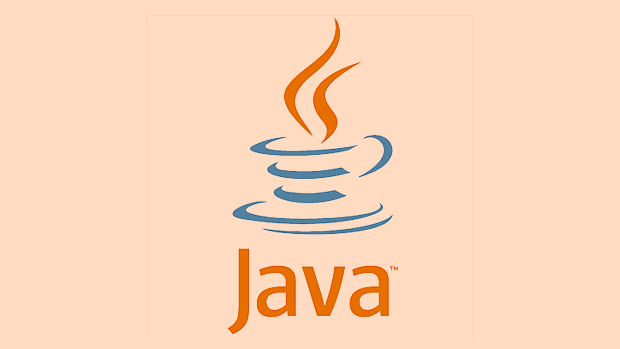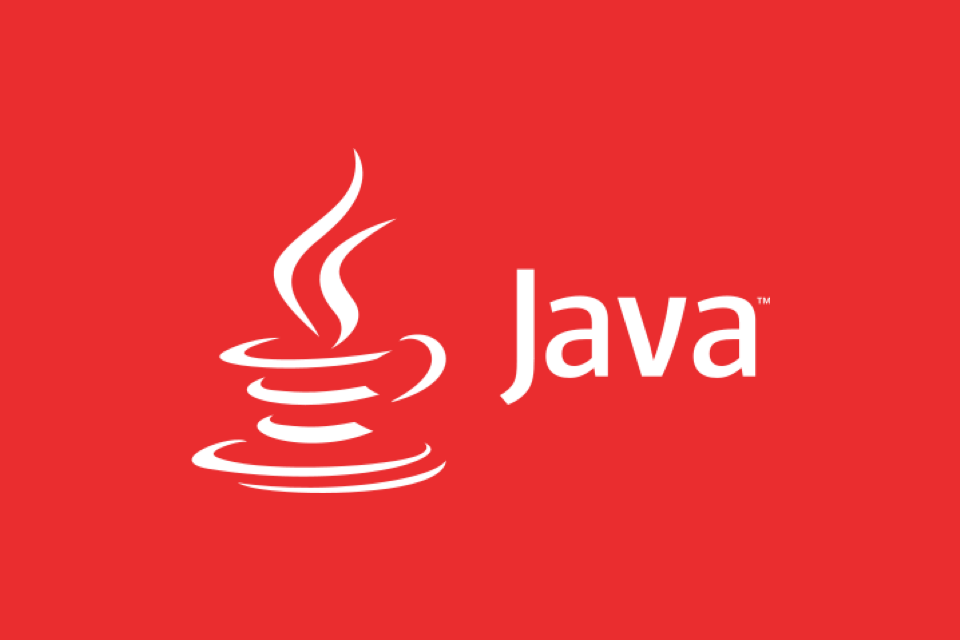What are common Java security vulnerabilities and how to prevent them?
Jul 10, 2025 pm 01:51 PMJava security issues mainly include unsafe deserialization, SQL injection, sensitive information leakage and improper permission control. 1. Unsafe deserialization may trigger arbitrary code execution, and deserialization of untrusted data, using whitelisting mechanisms, or alternative formats such as JSON should be avoided. 2. SQL injection can be prevented by parameterized queries, precompiled statements and ORM frameworks. 3. Sensitive information leakage needs to be protected through log desensitization, encryption configuration, exception handling and HTTPS. 4. Improper permission control may lead to overprivileged access. Authentication, RBAC, server authentication should be enforced and unpredictable resource identifiers should be used. Developers' good coding habits and security awareness are the key to ensuring the security of Java applications.

Java is a widely used programming language, especially in enterprise-level applications. But because of its wide use, it has become a key target for attackers. If you do not pay attention to security coding specifications, it is easy to introduce vulnerabilities. The following are some common Java security issues and solutions.

1. Insecure Deserialization
Deserialization refers to the process of restoring a stream of bytes to an object. If this process processes untrusted data, the attacker may construct malicious input and execute arbitrary code.
Common phenomena:

- Use
ObjectInputStream.readObject()to deserialize user input - There is no whitelisting restriction on deserialized classes
Suggested practices:
- Try to avoid deserializing data from untrusted sources
- Use the whitelisting mechanism to control deserialized classes
- Consider safer alternatives such as structured data formats such as JSON or Protobuf
- New features like Serializable Whitelist Filters can be used to enhance control
2. SQL Injection
This is one of the most common web security issues. The attacker bypasses the query logic by constructing malicious input, thereby accessing or tampering with database content.

Common phenomena:
- Directly splicing SQL query strings
- User input is not checked or escaped
Suggested practices:
- Use precompiled statements instead of splicing SQL
- Parameterized all user inputs
- Using ORM frameworks (such as Hibernate, MyBatis), they have the ability to prevent injection
- Add input verification logic, such as allowing only inputs in specific formats
For example:
String query = "SELECT * FROM users WHERE username = ?"; PreparedStatement stmt = connection.prepareStatement(query); stmt.setString(1, userInput); // Parameterized assignment
3. Sensitive Data Exposure
Many Java applications expose sensitive data in logs, exception information or configuration files, such as passwords, keys, tokens, etc.
Common phenomena:
- Print user password or token in log
- Sensitive information in the configuration file is not encrypted
- The exception stack information is returned to the front-end user
Suggested practices:
- Use the log desensitization tool or manually filter sensitive fields
- Sensitive configurations use encrypted storage and decrypt at runtime
- Customize exception handling logic to avoid exposing detailed error information to the client
- Use HTTPS to transfer data to avoid the transfer of sensitive information in plain text
4. Improper Access Control
Permission control is the core link in ensuring system security. Failure to control the access of roles and resources may lead to overprivileged access.
Common phenomena:
- The interface does not perform identity authentication and authentication
- Only use the front end to hide the button to control access
- The resource ID is directly exposed in the URL, lack of permission verification
Suggested practices:
- All interfaces should be authorized to be authenticated (Authentication)
- Use Spring Security or Shiro to implement role-based access control (RBAC)
- Each request should check on the server whether the current user has permission to access the target resource.
- Use UUID or other unpredictable identifiers instead of self-increment IDs to prevent enumeration attacks
Basically that's it. Java's security not only depends on the framework itself, but more on the developer's coding habits and security awareness. Some problems may seem simple, but they are easily overlooked in actual projects. Maintaining updates, continuous audits, and rationally designing permission models are the key to preventing risks.
The above is the detailed content of What are common Java security vulnerabilities and how to prevent them?. For more information, please follow other related articles on the PHP Chinese website!

Hot AI Tools

Undress AI Tool
Undress images for free

Undresser.AI Undress
AI-powered app for creating realistic nude photos

AI Clothes Remover
Online AI tool for removing clothes from photos.

Clothoff.io
AI clothes remover

Video Face Swap
Swap faces in any video effortlessly with our completely free AI face swap tool!

Hot Article

Hot Tools

Notepad++7.3.1
Easy-to-use and free code editor

SublimeText3 Chinese version
Chinese version, very easy to use

Zend Studio 13.0.1
Powerful PHP integrated development environment

Dreamweaver CS6
Visual web development tools

SublimeText3 Mac version
God-level code editing software (SublimeText3)

Hot Topics
 How to avoid path traversal vulnerabilities in PHP language development?
Jun 10, 2023 pm 02:24 PM
How to avoid path traversal vulnerabilities in PHP language development?
Jun 10, 2023 pm 02:24 PM
In PHP language development, path traversal vulnerability is a common security problem. Attackers can use this vulnerability to read or even tamper with any file in the system, greatly jeopardizing the security of the system. This article explains how to avoid path traversal vulnerabilities. 1. What is a path traversal vulnerability? Path traversal vulnerability (PathTraversal), also known as directory traversal vulnerability, means that the attacker successfully uses the "../" operator or other forms of relative paths to enter outside the root directory of the application through some means. of
 Preventing man-in-the-middle attacks in Java
Aug 11, 2023 am 11:25 AM
Preventing man-in-the-middle attacks in Java
Aug 11, 2023 am 11:25 AM
Preventing man-in-the-middle attacks in Java Man-in-the-middle Attack is a common network security threat. An attacker acts as a man-in-the-middle to steal or tamper with communication data, making the communicating parties unaware of the communication between them. Being hijacked. This attack method may cause user information to be leaked or even financial transactions to be tampered with, causing huge losses to users. In Java development, we should also add corresponding defensive measures to ensure the security of communication. This article will discuss how to prevent
 Prevent file upload vulnerabilities in Java
Aug 07, 2023 pm 05:25 PM
Prevent file upload vulnerabilities in Java
Aug 07, 2023 pm 05:25 PM
Preventing File Upload Vulnerabilities in Java File upload functionality is a must-have feature in many web applications, but unfortunately, it is also one of the common security vulnerabilities. Hackers can exploit the file upload feature to inject malicious code, execute remote code, or tamper with server files. Therefore, we need to take some measures to prevent file upload vulnerabilities in Java. Back-end verification: First, set the attribute that limits the file type in the file upload control on the front-end page, and verify the file type and
 How to carry out security protection and vulnerability scanning for Java development projects
Nov 02, 2023 pm 06:55 PM
How to carry out security protection and vulnerability scanning for Java development projects
Nov 02, 2023 pm 06:55 PM
How to carry out security protection and vulnerability scanning for Java development projects. With the rapid development of the Internet, Java development projects are becoming more and more widely used. However, due to the proliferation of network attacks and vulnerabilities, ensuring the security of Java development projects has become particularly important. This article will introduce how to perform security protection and vulnerability scanning of Java development projects to improve the security of the project. 1. Understand the common types of security vulnerabilities. Before performing security protection and vulnerability scanning on Java development projects, you first need to understand the common types of security vulnerabilities. Common Ja
 Preventing security misconfigurations in Java
Aug 09, 2023 pm 02:09 PM
Preventing security misconfigurations in Java
Aug 09, 2023 pm 02:09 PM
Preventing security configuration errors in Java Introduction: In the Java development process, security configuration is an essential link. Properly configuring system security can protect the system from malicious attacks and illegal access. However, due to complex configuration parameters and imperfect security settings, it is easy for security configuration errors to occur in the code, leading to potential security risks. This article will explore several common Java security configuration errors and provide corresponding solutions and code examples. 1. Wrong password storage Password is sensitive information in the system. If
 Preventing Session Fixation Attacks: Improving Java Security
Jun 30, 2023 am 08:21 AM
Preventing Session Fixation Attacks: Improving Java Security
Jun 30, 2023 am 08:21 AM
Java is a widely used programming language that is widely used in Internet applications and large enterprise systems. However, due to its breadth and complexity, Java systems are often targeted by hackers. Session fixation attacks are a common attack method in which hackers gain access to users by hijacking their session tokens. This article will introduce the principles and preventive measures of session fixation attacks to help Java developers enhance system security. A session fixation attack is an attack that uses session tokens to gain user privileges. In Ja
 How to avoid URL jump security vulnerabilities in PHP language development?
Jun 10, 2023 pm 06:31 PM
How to avoid URL jump security vulnerabilities in PHP language development?
Jun 10, 2023 pm 06:31 PM
With the rapid development of the Internet, the importance of applications has been paid more and more attention. PHP, as a very popular server-side scripting language, has become the mainstream of Web development. However, along with the emergence of security issues, one of the most important ones is the URL jump security vulnerability. In PHP language development, developers must be able to foresee all security risks and take appropriate measures to ensure the security of the application. Therefore, this article aims to introduce how to avoid URL jump security vulnerabilities in PHP development. Only use relative paths by using
 Methods to solve Java security exceptions (SecurityException)
Aug 25, 2023 pm 04:09 PM
Methods to solve Java security exceptions (SecurityException)
Aug 25, 2023 pm 04:09 PM
Overview of methods to solve Java security exceptions (SecurityException): SecurityException in Java is a common exception, which is usually thrown in operations involving security management. The main purpose of security exceptions is to prevent malicious code from gaining unauthorized access to the system. In this article, we will explore some common SecurityException scenarios and provide methods and sample code to resolve these exceptions. File system access permission exception: when






